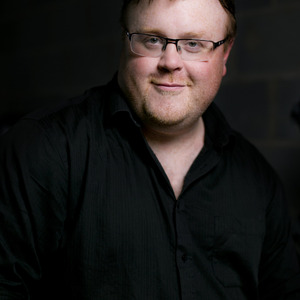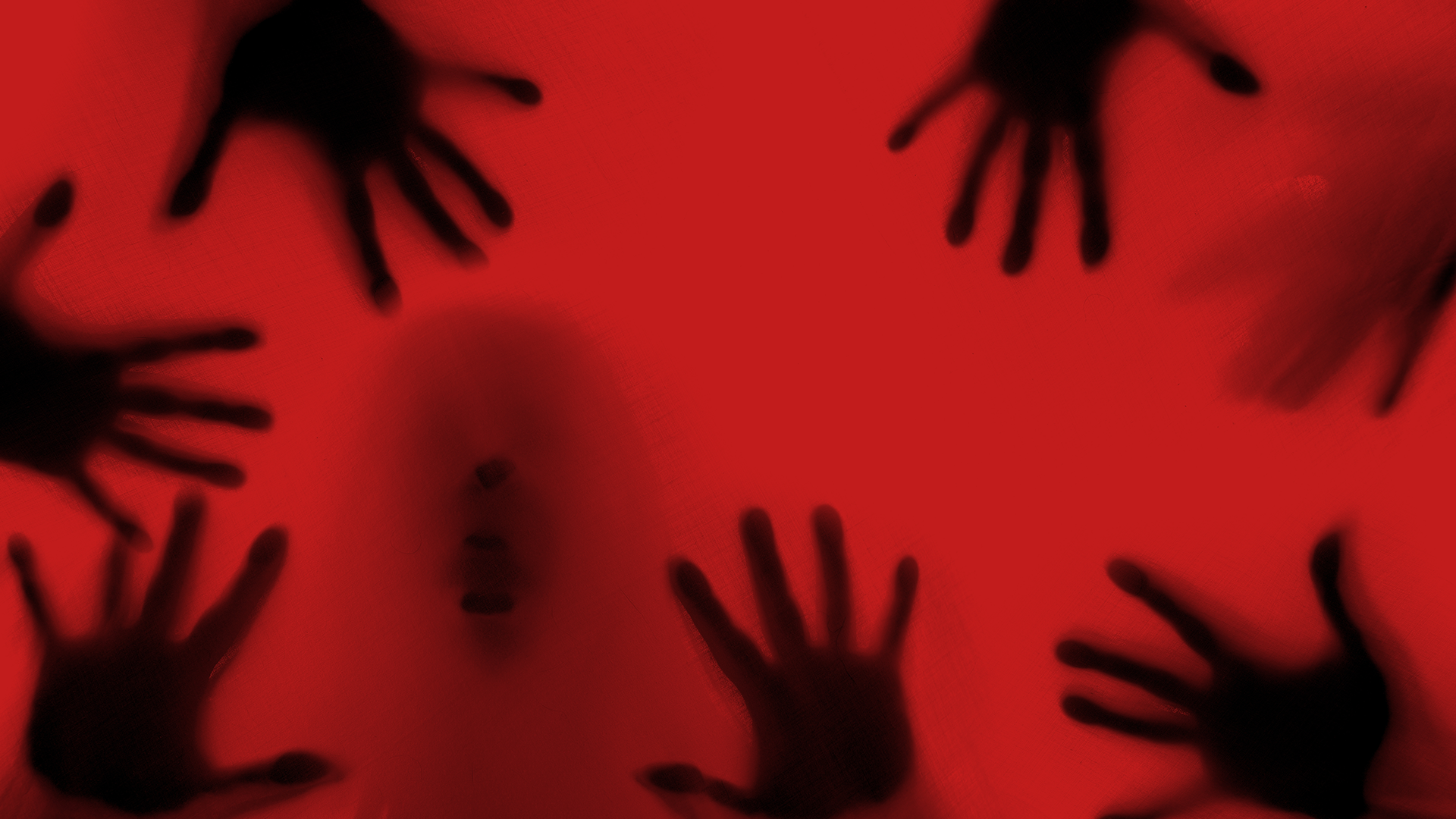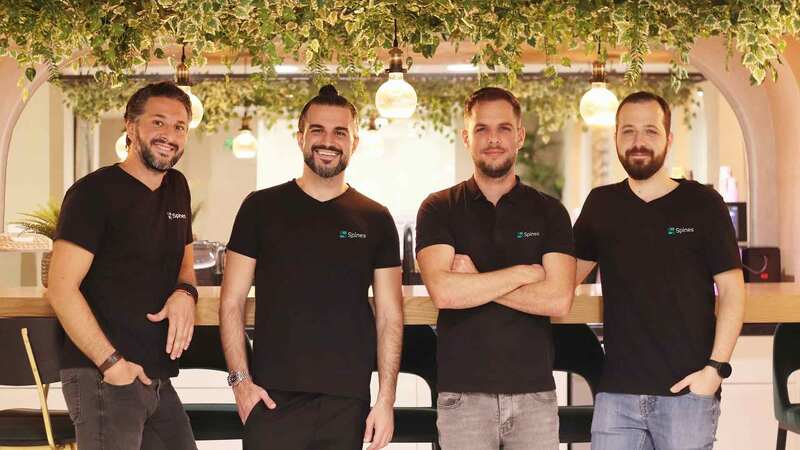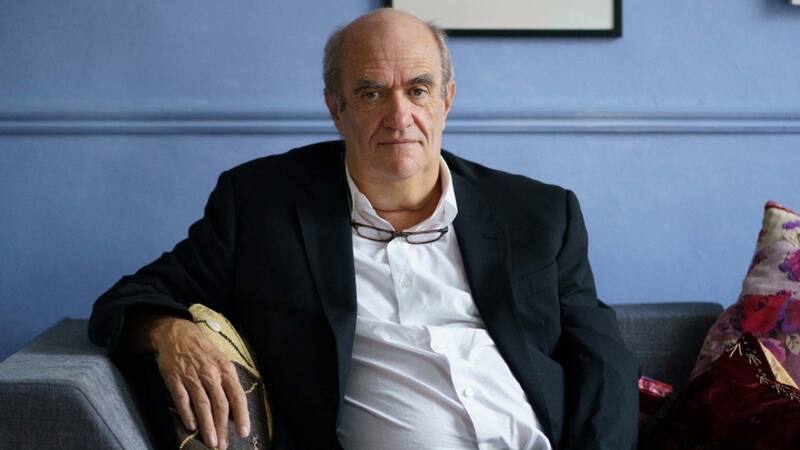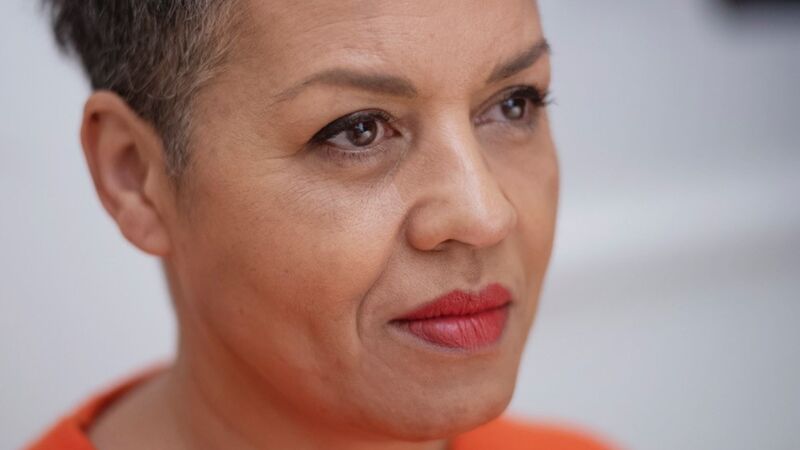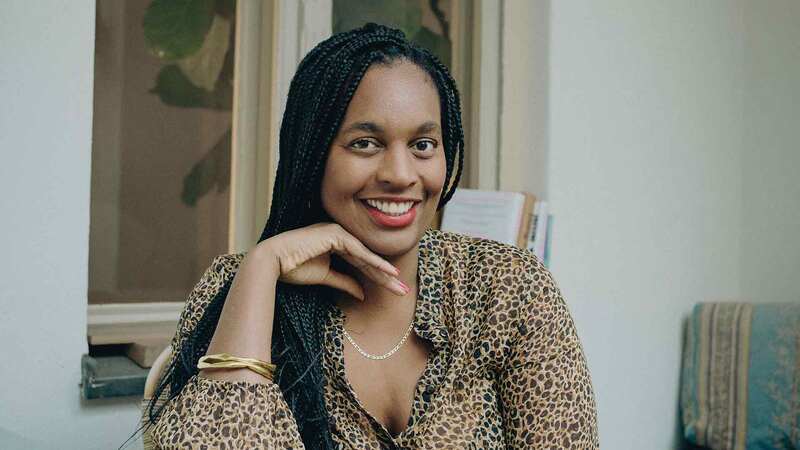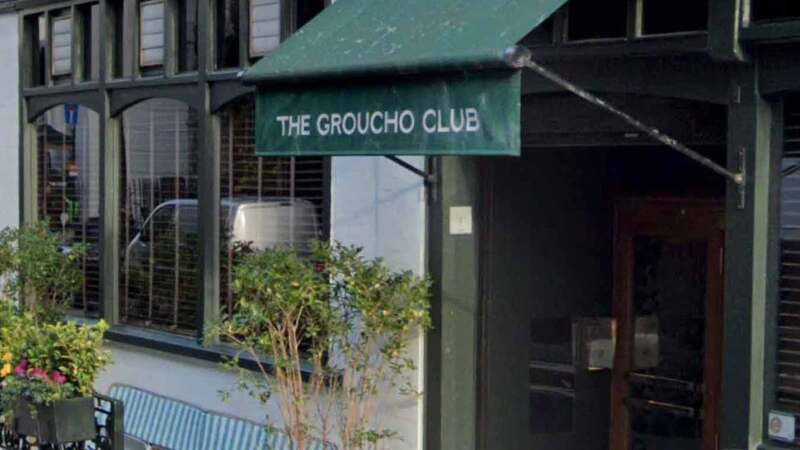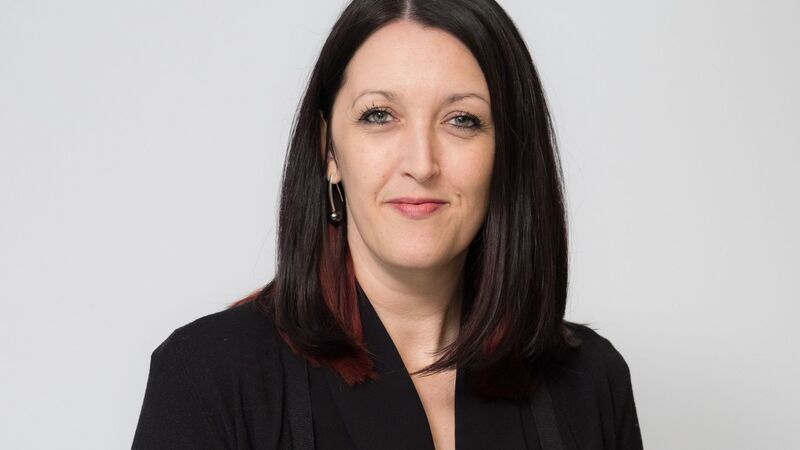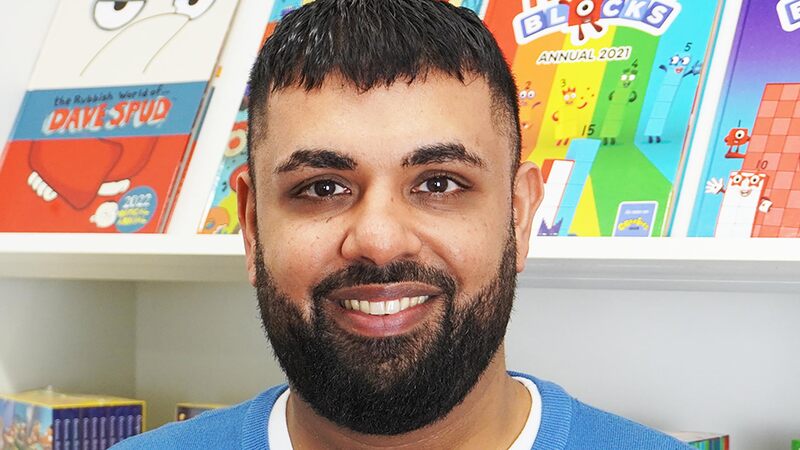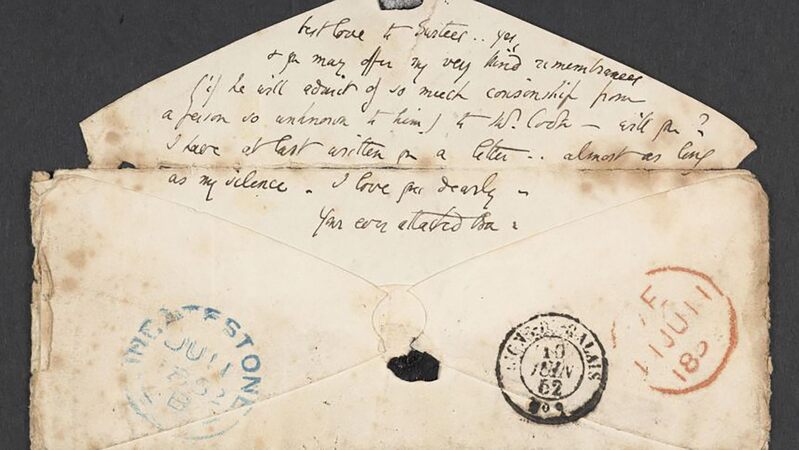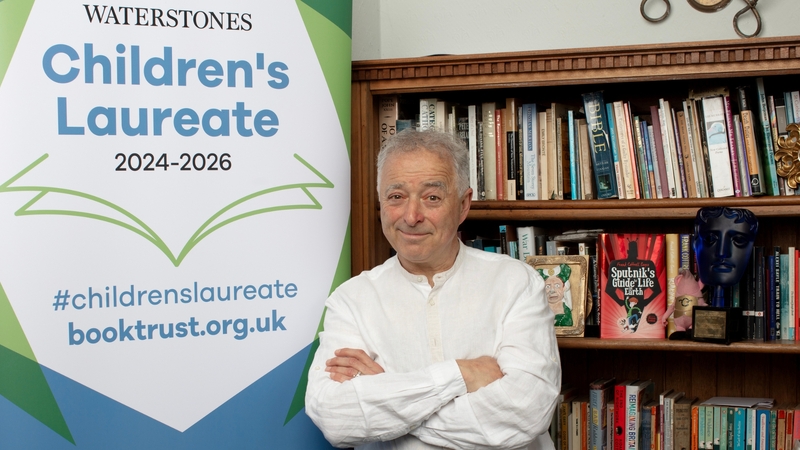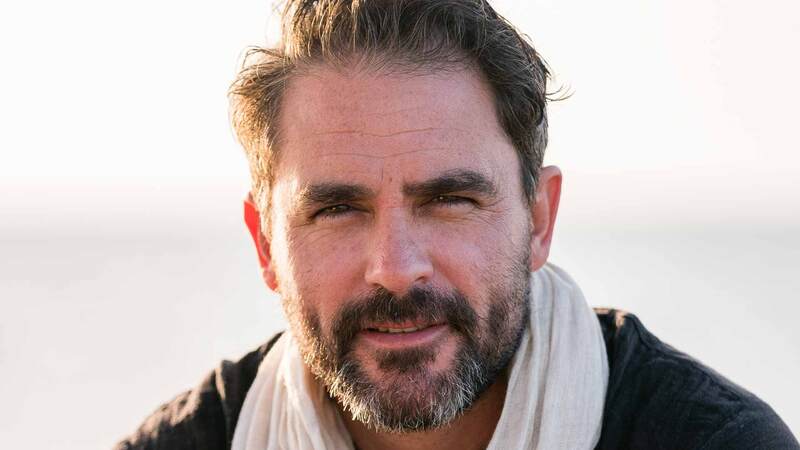You are viewing your 1 free article this month. Login to read more articles.
Horror is healthy
This Halloween, let’s celebrate the importance of horror books for kids.
I first encountered Dracula when I was a young boy. I’d undoubtedly seen some of the Hammer or Universal movies before this point, but my definitive memory was formed when I rented the audiobook from my local library on a series of cassettes. It was a sunny Saturday afternoon and I sat alone in our kitchen, the story unfolding around me on the incredibly 1980s stereo. I remember, distinctly, Jonathan Harker looking out of his window and seeing the Count crawling down the side of the castle, his fingers and toes grasping the corners of the bricks as he moved. Those fingers and toes may very well have been grasping the corners of my heart, for in that moment I was plucked from that kitchen chair and dragged fully into horror. If I had turned and reached back, hoping that Harker would grab my hand and pull me to safety, it would have been too late.
Not that I would have reached back. Like so many others I plunged into that delightful abyss eagerly. I had found my home, down there among the dark things, and I had no wish to return.
My journey through horror is a typical one, and it is this commonality that bonds horror fans no matter the culture or generation. It’s a journey that weaves its way through taste, both impressively good and shockingly poor, and carves its own path through what is deemed to be acceptable in society. We have age restrictions on horror movies for a reason, and the reason is so that we, as kids, have some idea of what we’re getting into before we’re technically ready to get into it.
As a horror fan, it is my duty to indoctrinate as many young minds into the genre as possible. It is to drench my own stories in the flavours of what horror can do
I saw "Phantasm" when I was 10, and regaled my teacher about it in a “What I did over the Summer Holidays” essay. I saw "A Nightmare on Elm Street" when I was 12, and watched it obsessively until I could walk my friends through it beat by beat on a school trip to somewhere forgettable.
I always had a horror paperback in my schoolbag. I’d long since graduated from The Hardy Boys and The Three Investigators to books by Stephen King and James Herbert and Clive Barker. Shaun Hutson was a favourite. Joe R Lansdale was (and still is) a revelation. The Light At The End, by Skipp and Spector, blew my mind so wide open that I refuse to reread the thing for fear it will not live up to my own internal hype.
To write is to transfer energy. It’s to read something and to get excited by it, then to take that excitement and pass it on to your readers in a never-ending cycle of storytelling. As a horror fan, it is my duty to indoctrinate as many young minds into the genre as possible. It is to drench my own stories in the flavours of what horror can do, of what it can achieve better than any other genre bar, perhaps, science fiction. They will see the way, these young readers. They will see what horror has to offer.
For horror lends itself most superbly to dealing with the things that torment us. Our worries, our fears, our preoccupations become our monsters. We put a name to them. Once a fear has a name, once a fear becomes a Dracula or a Freddy Krueger or a Hannibal Lector, that fear can be controlled. It can be trapped, defeated and killed. Yes, it tends to come back at us after we thought it had been conquered, but what respectable worry, fear or preoccupation doesn’t?
Horror teaches us to be vigilant. Our monsters are never truly gone. They’re just regrouping.
A horror fan’s journey may be somewhat universal, but there is no such thing as a typical horror fan. There are some who love being scared and there are some who do not (a story doesn’t have to be scary to be horror). There are some who enjoy a little bloodletting every now and then, and some who get quite squeamish around the red stuff. There are some who devour horror novels but view horror movies through the slits between their fingers, where every film becomes widescreen.
The genre has come a long way since the 1980s, where it was vilified as a corrupting influence on our young. These days its ability to promote empathy is lauded — after all, do we not put ourselves in the shoes of the victims as they run and hide and fight? And is it not horror’s essential, central rhythm — the continual build and release of tension — that aids in the relief of everyday stress?
But we don’t love horror for its quiet, invisible benefits — at least not consciously. We love it because we’ve found a home in the dark, a home from where we can see the light. We can reach for it if we need it, and step into the warmth, but why would we want to? All our friends are here.
